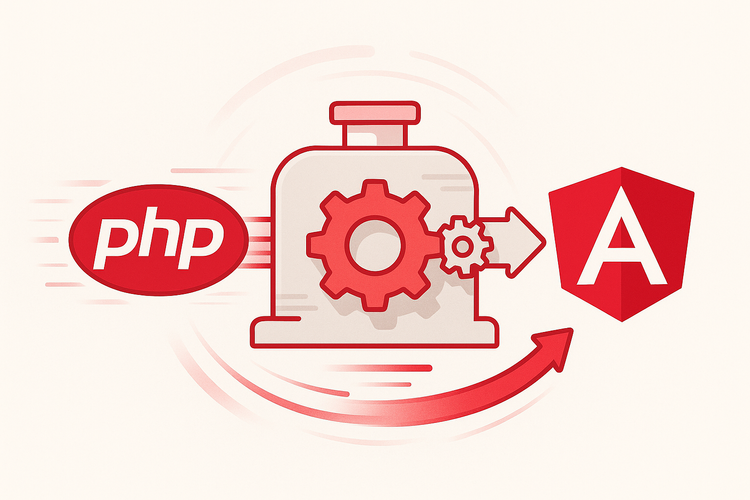Technology & Product
Explore how our teams are building the future of homeownership through innovation, collaboration, and cutting-edge technology.

Welcome to the Rocket Engineering & Product Blog: Building the Future of Homeownership with AI
Read more
Related Resources

5-minute read
Accelerated modernization: How AI collaboration helped Rocket transform RMO
Discover how Rocket engineers used Anthropic’s Claude Code and agentic coding principles to complete a 3-year PHP-to-Angular migration in just 4 months – modernizing the heart of the mortgage process
Read more

3-minute read
What happens when product teams and AI build together?
As AI moves from solo assistant to collaborative teammate, product teams are discovering new ways to build together. Learn how Rocket Flow connects human expertise and AI context across the entire product development life cycle.
Read more

7-minute read
Sustainable AI: Balancing innovation and eco-responsibility
Explore the environmental impact of generative AI and discover practical strategies for using technology responsibly while minimizing carbon footprint and resource consumption.
Read more
